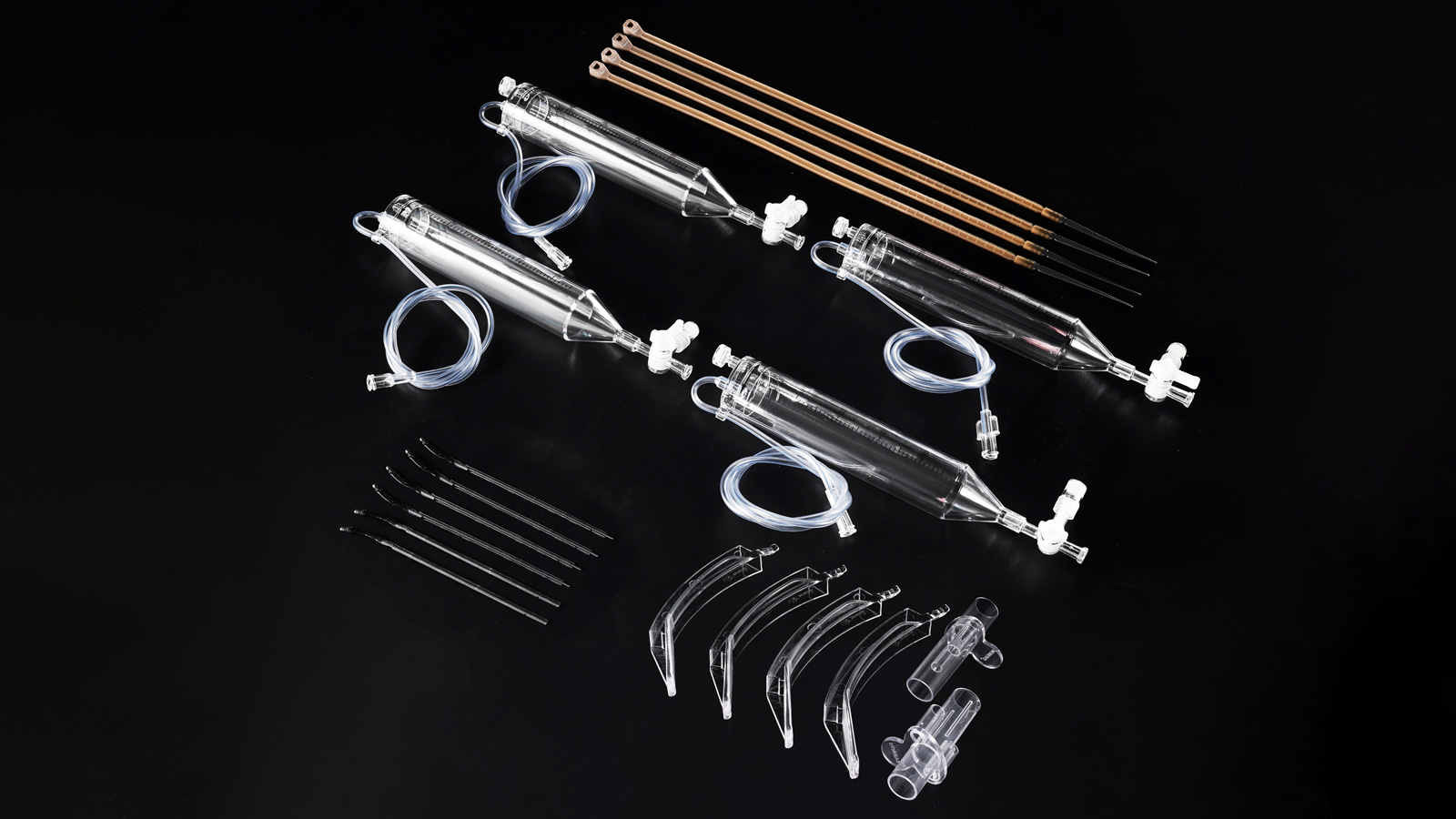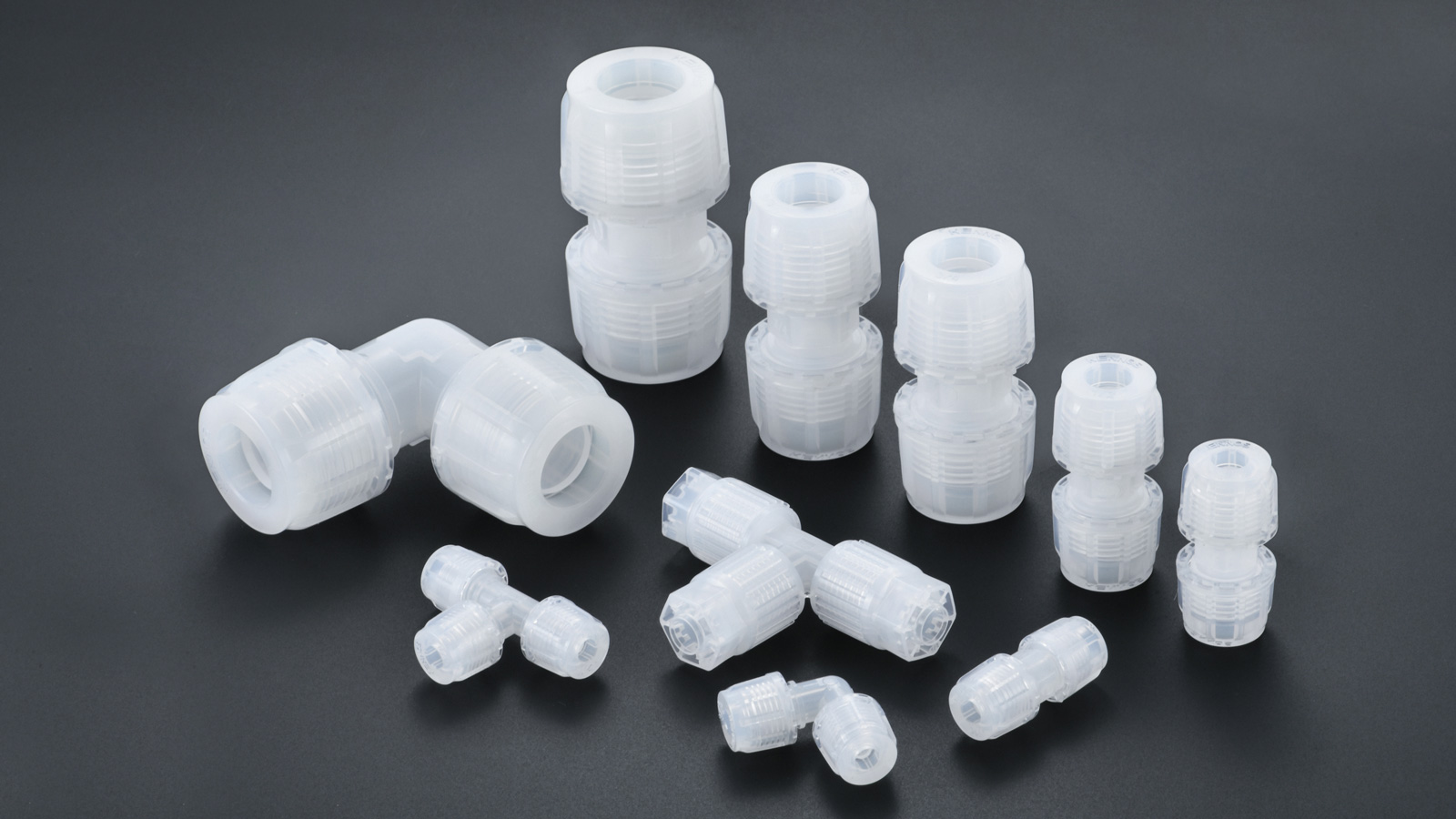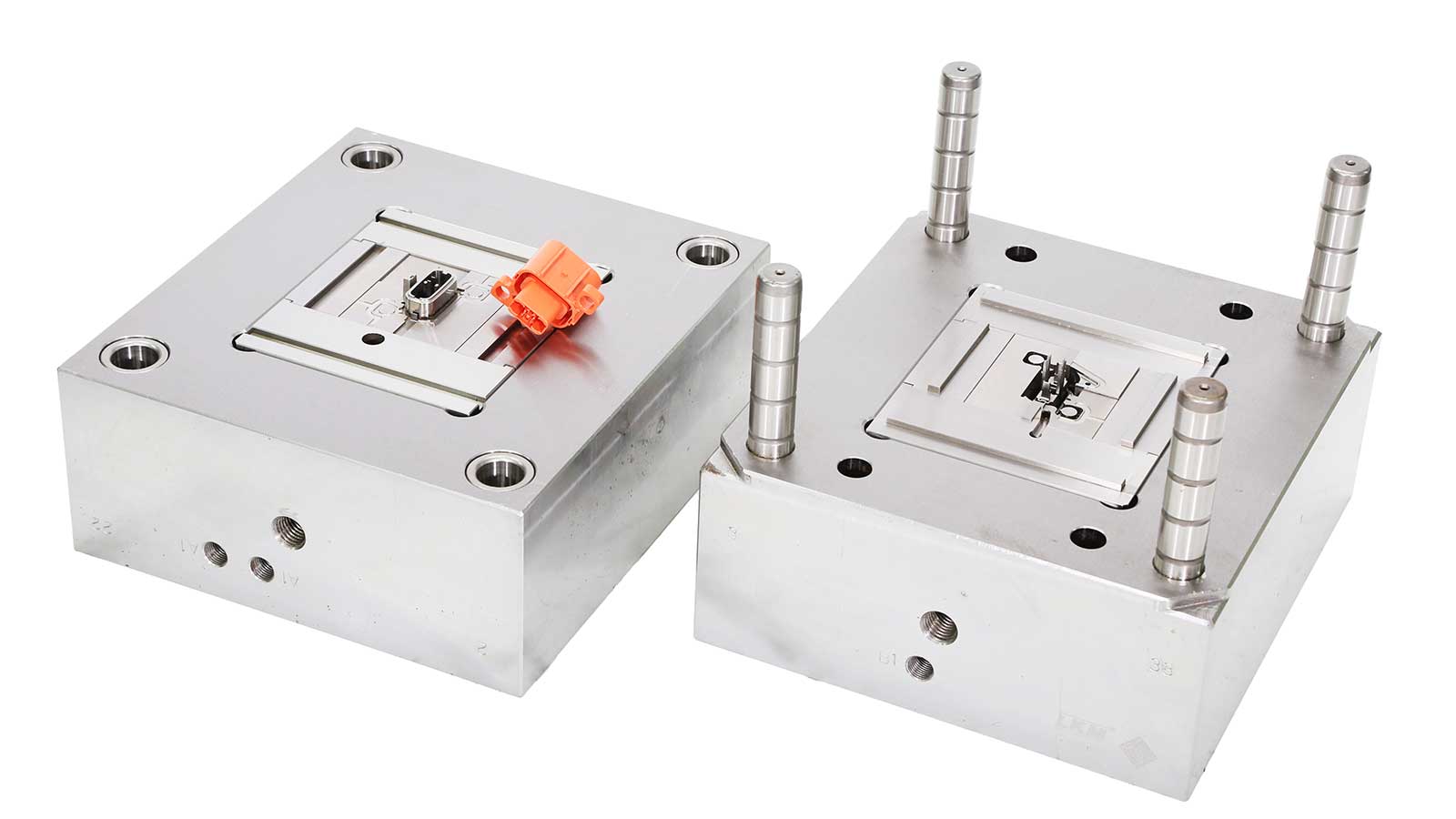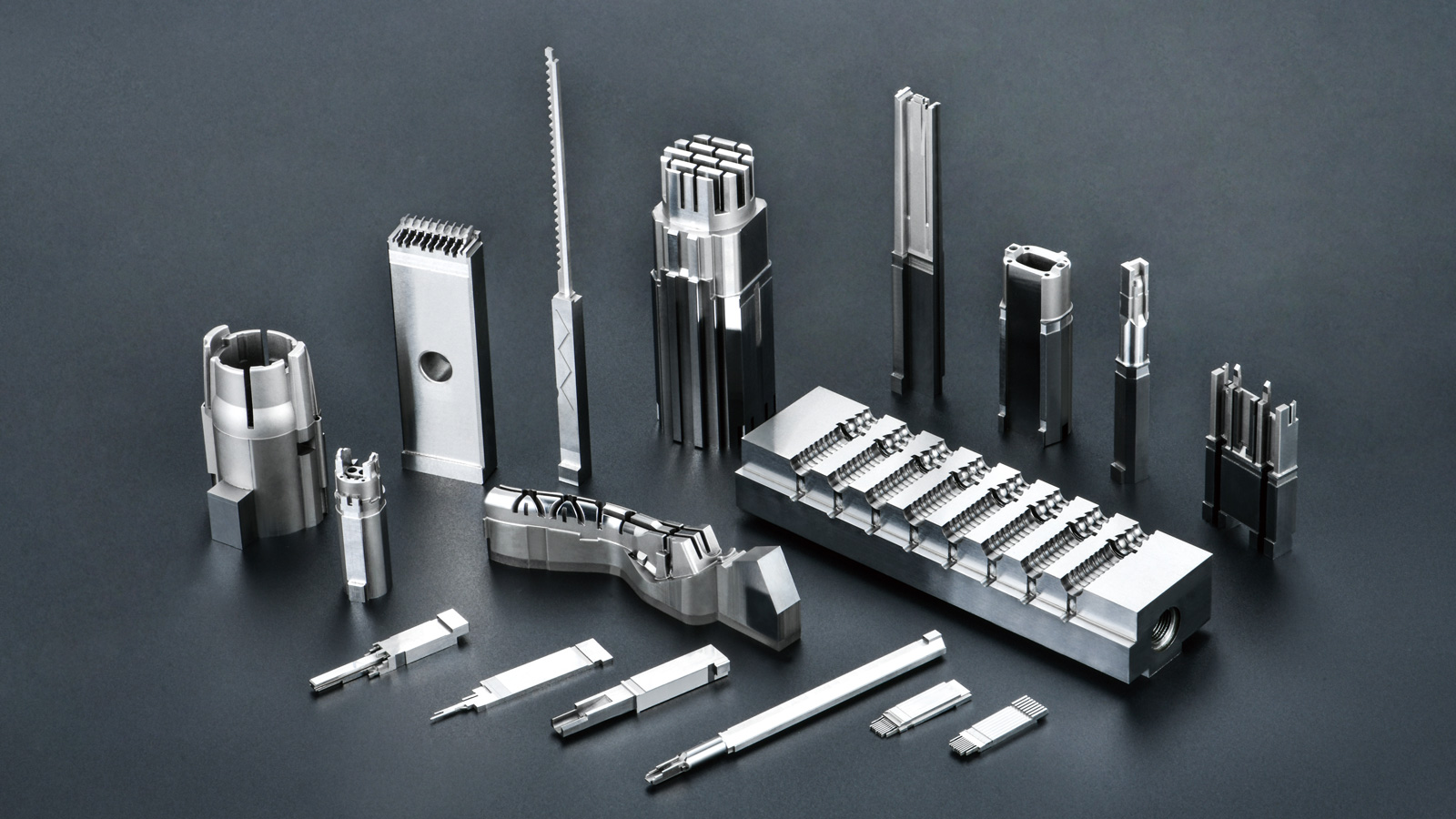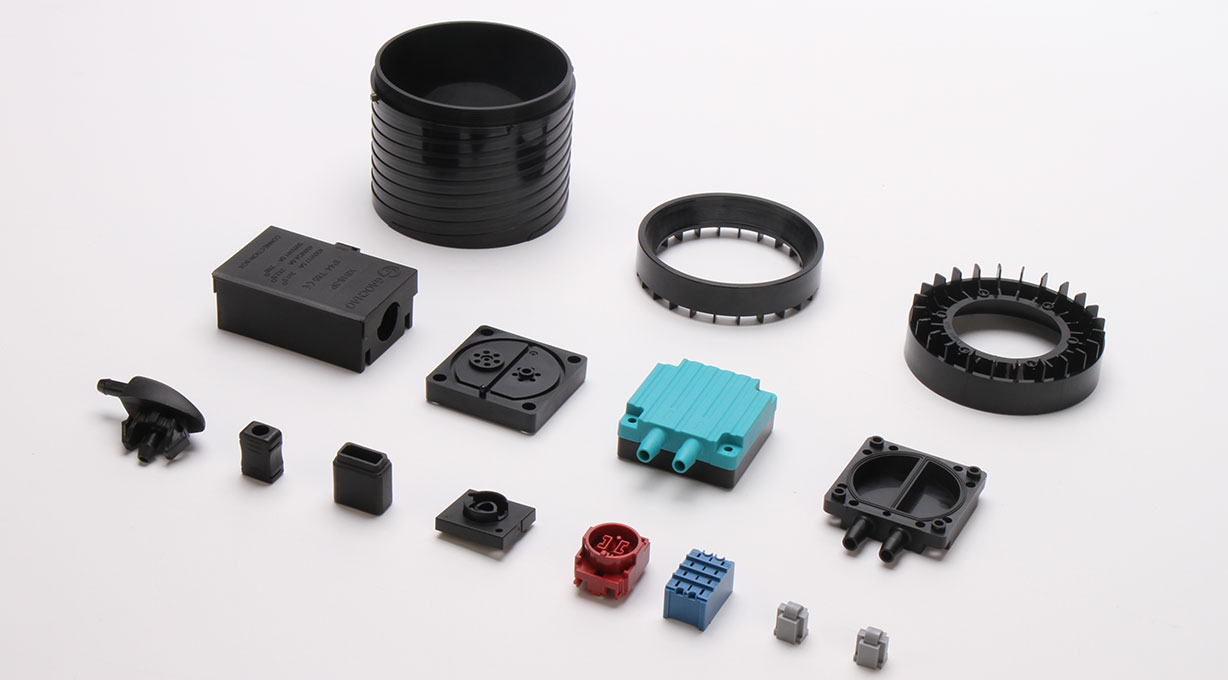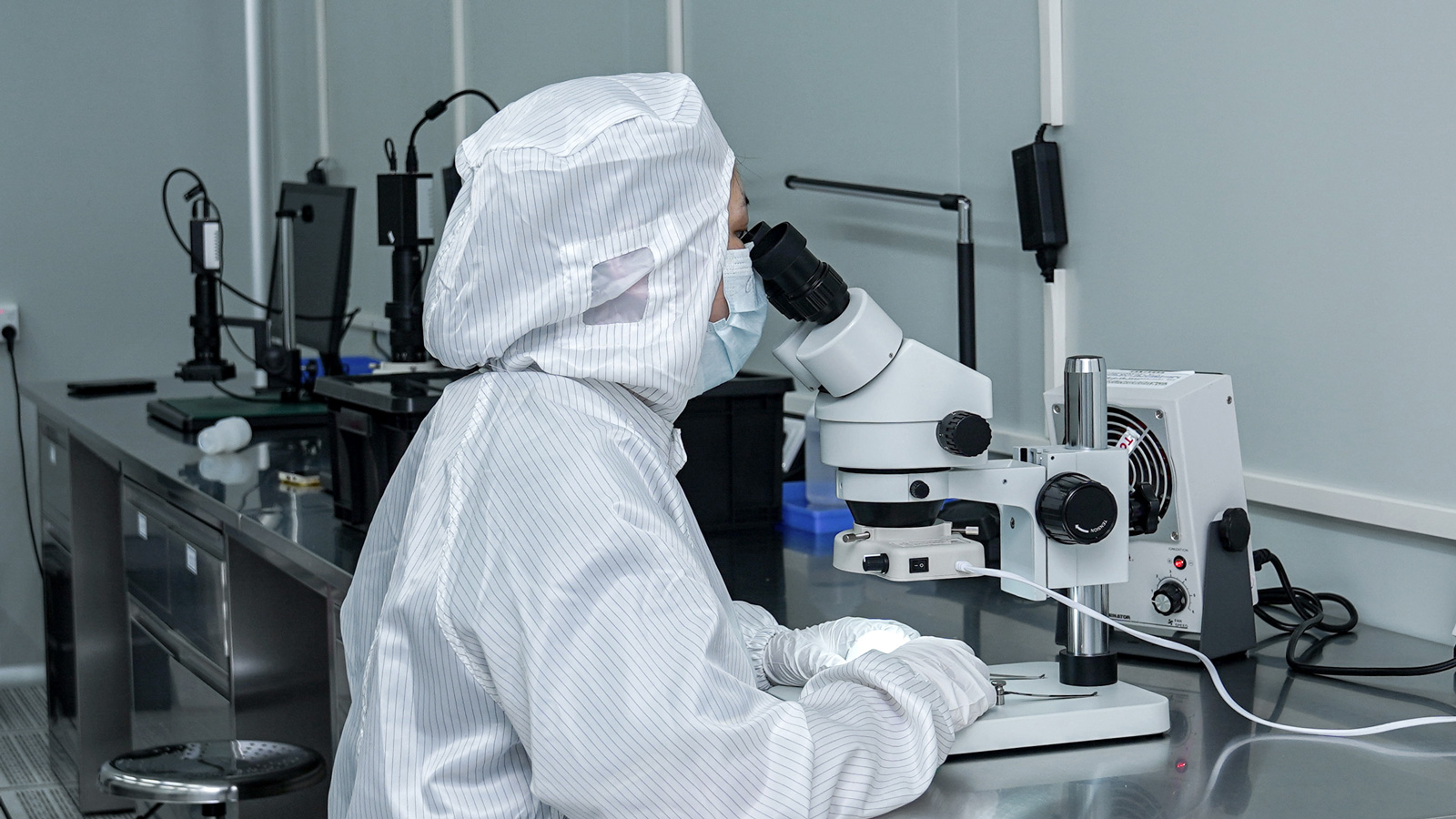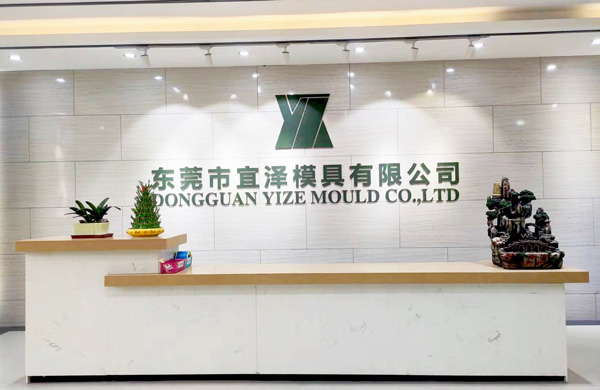In the medical field, injection-molded medical products come in a wide variety of shapes, sizes, and cost ranges. From low-cost, basic supplies to high-end devices utilizing high-performance materials, injection molding technology plays a pivotal role, offering a diverse range of products to the medical industry.
Low-Cost Plastic Products: The Cornerstone of Convenient Healthcare
When it comes to cost control in healthcare, many affordable products have emerged, including plastic instruments, syringes, disposable gloves, and other commonly used disposable items in hospitals. Nowadays, plastic products have gradually replaced many glass products of the past. This shift is due, on one hand, to the relatively low cost of plastics, which effectively reduces the production and usage costs of medical supplies. On the other hand, plastic products are easier to recycle after use, minimizing resource waste and environmental pollution. These seemingly ordinary plastic products, with their cost-effectiveness and convenience, have become indispensable basic elements in medical activities, providing strong support for the widespread provision of medical services.
High-Performance Medical Plastics: Pioneers of Innovative Healthcare
In scenarios involving higher cost planning, the field of medical-grade plastics showcases its unique charm and value. High-performance resins and polymers are widely applied here. These specialized plastics are designed for ingestion or implantation into the human body and possess numerous excellent characteristics. Among them, bioresorbable materials stand out as a major highlight. They can remain in the human body without causing harm, not only stimulating the growth of bones and tissues but also being used to manufacture dissolvable vascular stents. Such innovative materials bring new ideas and methods to medical treatments, representing exciting new opportunities in the plastic industry. Additionally, polymers have another significant advantage in the medical device field: they can significantly reduce the weight of handheld medical devices. This not only improves the operating experience for healthcare workers, enhancing work efficiency, but also reduces production costs to a certain extent, promoting the popularization and updating of medical devices.
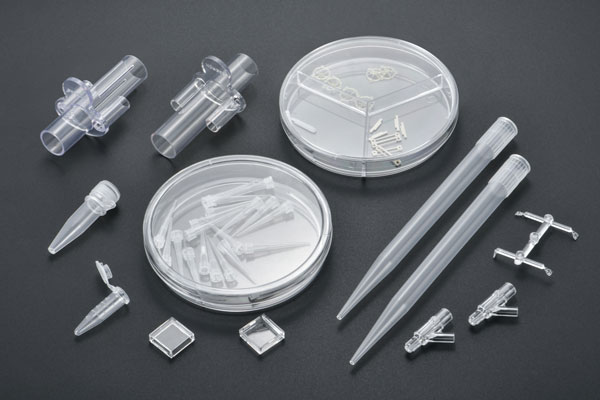
Common Medical Plastics: Unsung Heroes with Unique Strengths
In medical-grade products, various common plastics play crucial roles with their unique properties.
- Polystyrene: A Versatile Low-Cost Option
Polystyrene is a colorless plastic that is hard and has little elasticity. Its properties make it widely applicable in the medical field. Some products utilize its transparency for easy internal observation, while others achieve color variations by mixing pigments into the resin mixture to meet different usage requirements. One major advantage of polystyrene is its low base material cost. Besides being used to make simple and lightweight products like tableware, it is also an ideal choice for hard but lightweight products such as Petri dishes, flasks, and pipettes. However, it is not suitable for long-term use in environments involving high-temperature steam or autoclaves. - Polyether Ether Ketone (PEEK): A Powerhouse in High-Temperature Resistance
As a high-temperature-resistant thermoplastic, polyether ether ketone (PEEK) exhibits outstanding stability. It does not degrade even in extremely hot, organic, or aqueous environments. For applications that require excellent wear resistance, the ability to survive in dielectric environments, no volume fluctuations under heat, and good performance in radiation-prone environments, PEEK is undoubtedly an ideal choice. - Polypropylene: A “Warrior” Resistant to High Temperature and Radiation
Polypropylene is another common material used in medical products. It has excellent high-temperature resistance and can be used in products requiring autoclaves, withstanding high temperatures for extended periods without damage. At the same time, it can remain stable during radiation treatment, ensuring that samples are not affected and have no risk of degradation, providing reliable protection for medical testing and treatment. - Polyethylene: Suitable for Specific Scenarios
Polyethylene has relatively low heat resistance, so it is not an ideal choice for heating environments where shape and size changes need to be minimized. However, it is widely used in areas such as containers, breathable patches, and packaging films, meeting specific medical needs with its unique properties. - Polycarbonate: An Outstanding Performer with Comprehensive Properties
Polycarbonate is also a common injection-molded plastic frequently found in medical devices. It is a sturdy material that can withstand high impacts and provides a transparent or translucent appearance. It remains stable under both hot and cold conditions, is resistant to ultraviolet degradation, and has flame-retardant properties. Its excellent temperature stability and strength make it an ideal material for products such as high-pressure syringes, centrifugal separators, blood filter housings, etc.
